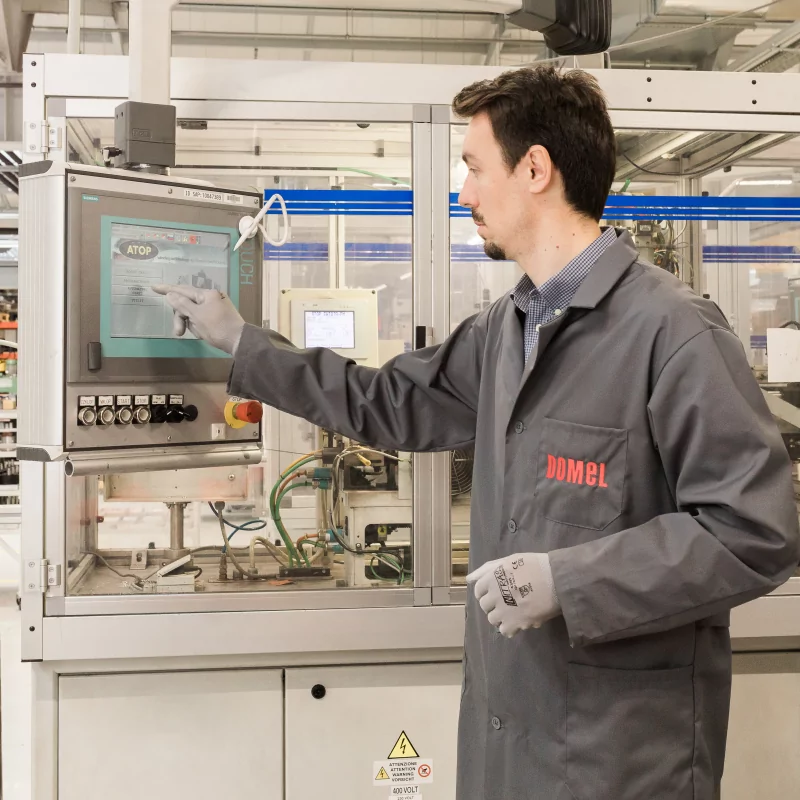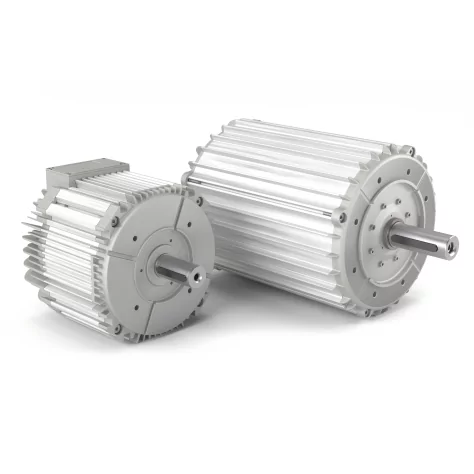We work hand in hand with our clients to develop and evolve products over time
Research, develop and grow with us
Technology
he installation technology comprises the assembly of rotor and stator as individual semi-finished products and their final assembly in the motor. For this process, manual devices or completely automated lines with a capacity of 2,800 motors per shift are used according to the quality requirements and productivity.
The following technologies are used for the assembly:
- Stamping by controlling the force and path: shaft, commutator, balancing rings, bearings, terminals, flanges, casings, etc.
- Inserting the groove insulation and installation of front insulation if the stack is not pre-insulated with injection moulding
- Installation (stamping, affixing, potting) of magnets for EC application
- Winding:
- flyer technology,
- needle winding,
- pole-chain winding,
- prototype winding of samples,
- wire manipulation to contact position.
- Contacting:
- terminal impressing/piercing the wire,
- crimping of terminals to wire,
- resistance welding of terminal and wire,
- laser welding of terminal and wire (in development).
- Balancing:
- milling of balancing rings or blades,
- cutting of sheet metal,
- adding balancing putty,
- drilling holes in balancing ring.
- Impregnation:
- varnish trickling,
- potting in vacuum.
- Bonding:
- surface conditioning with laser, plasma, washing and sanding,
- orbital and standard riveting,
- laser welding of plastic materials,
- gluing with various materials,
- ultrasonic bonding,
- tight fit (also heating or cooling of components),
- screwing with torque and turn control.
- Controls:
- optical control, machine vision, 3D scanning,
- thermal vision control of contact,
- acoustic measurements,
- electrical measurements,
- vibration measurements,
- tightness measurements.
- Traceability:
- labelling or laser engraving,
- material traceability per piece,
- traceability of process parameters per piece,
- traceability of all controls per piece.



